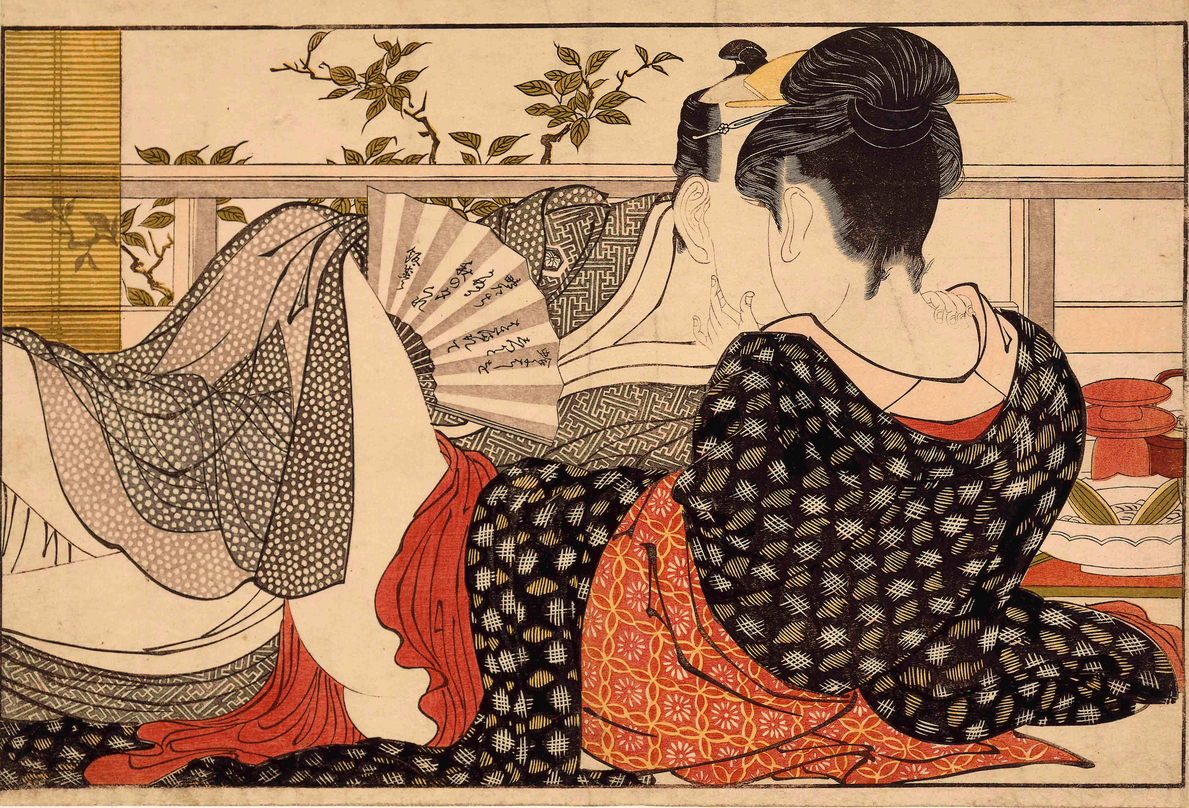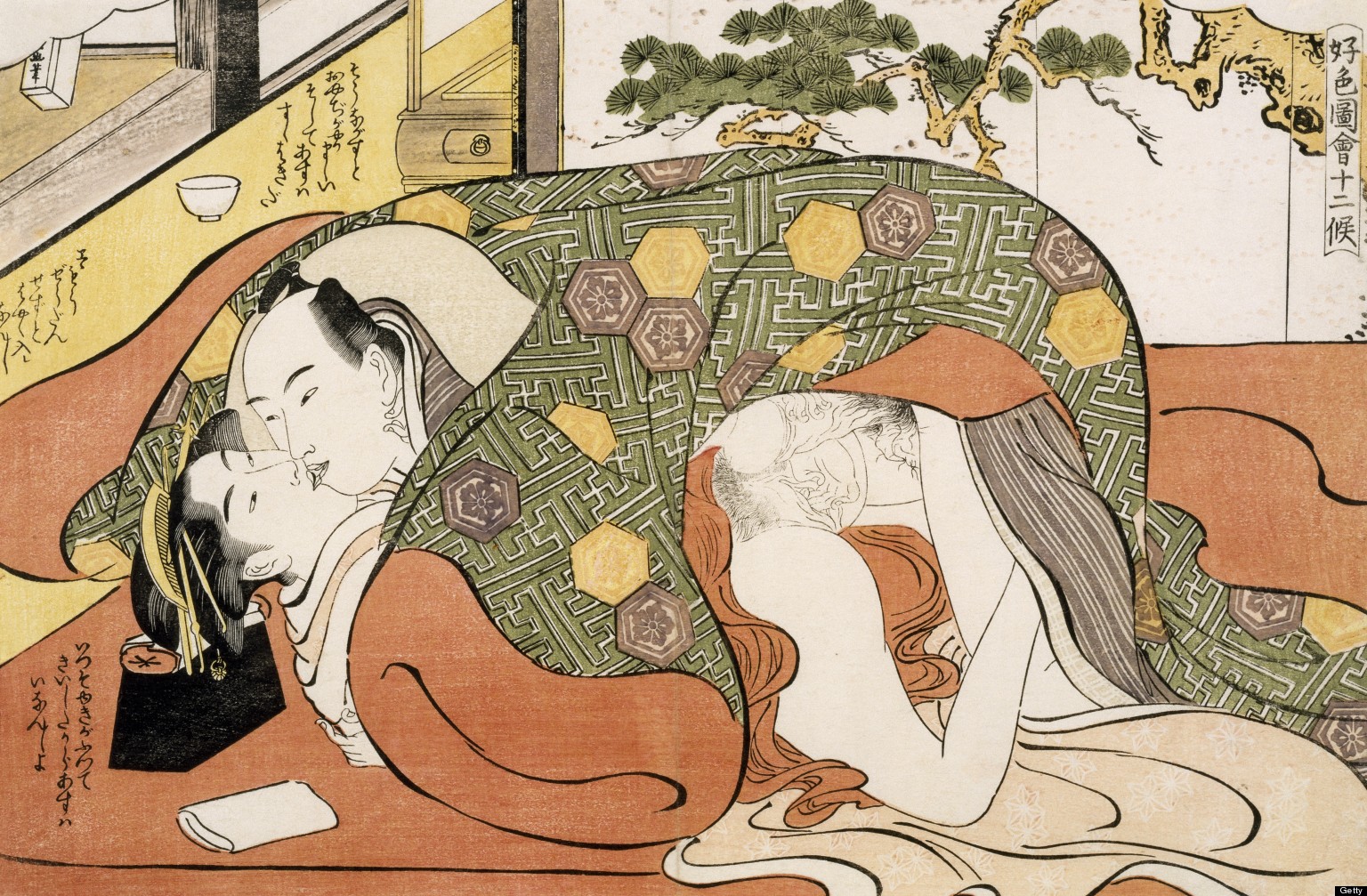浮世絵の中でも「春画」だけに特化した「春画 – 日本美術における性とたのしみ(Shunga sex and pleasure in Japanese art)」特別展が10月3日よりイギリス大英博物館で開催されている。江戸時代に流行した性に関する浮世絵。海外では、東洋人の性に関する歴史・美術・社会・文化などの意味合いで評価が高く、今回の特別展では約150点もの作品が展示されている。
なお、16歳未満の入場は保護者の同伴が必要になります。
大英博物館でこうした年齢制限を設けるのが今回が初めてとのこと。
This Winter The British Museum in London is heating things up with a major exhibition of Shunga works, the erotic arc of Japan’s famed Ukiyo-e genre of art. Produced from 1600 to 1900 and banned in Japan for much of the 20th century, these explicit and beautifully detailed erotic paintings, prints and books inspired Toulouse-Lautrec, Beardsley, Rodin and Picasso. Mostly created by the artists of the ukiyo-e or ‘floating world’ school, these popular works were known as shunga, – literally ‘spring pictures’. They appealed to all classes in Japan for almost 300 years, and to men and women alike. Frequently tender and humorous, they celebrate sexual pleasure in all its forms in brilliantly coloured paintings and prints, culminating with beautiful and explicit works by iconic artists Utamaro, Hokusai and Kunisada.
Within Japan, shunga has continued to influence modern forms of art, including manga, anime and Japanese tattoo art. The exhibition sheds new light on this unique art form within Japanese social and cultural history.
October 3rd 2013 – January 5th 2014
The British Museum in London


